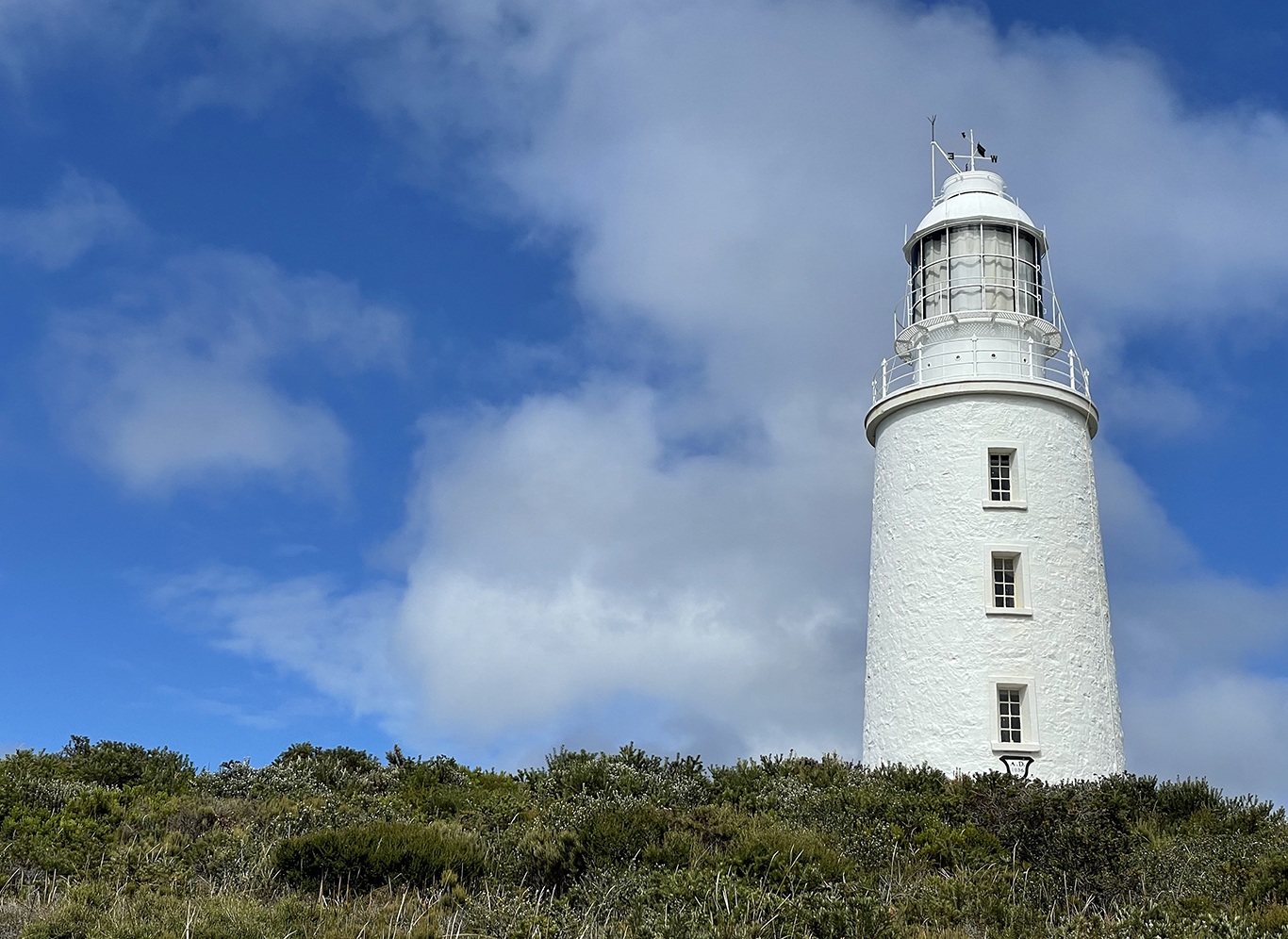
South Bruny Lighthouse
I love a light house – there is something very romantic about them. Maybe it is the isolation or maybe it’s the architecture. If there is a lighthouse on offer, I will always say yes.
Every lighthouse seems to hold a record for something, and South Bruny Lighthouse is no exception. Built in the 1830’s after several shipwrecks in the area, this lighthouse remained a beacon for more than 150 years. It is Australia’s second oldest lighthouse still standing and the longest continuously operated lighthouse in the country. When first lit in March 1838, the Cape Bruny Lighthouse was Australia’s fourth lighthouse and the third to be built in Tasmania, after the Iron Pot Lighthouse at the entrance to the River Derwent and the Low Head Lighthouse at the entrance to the river Tamar.
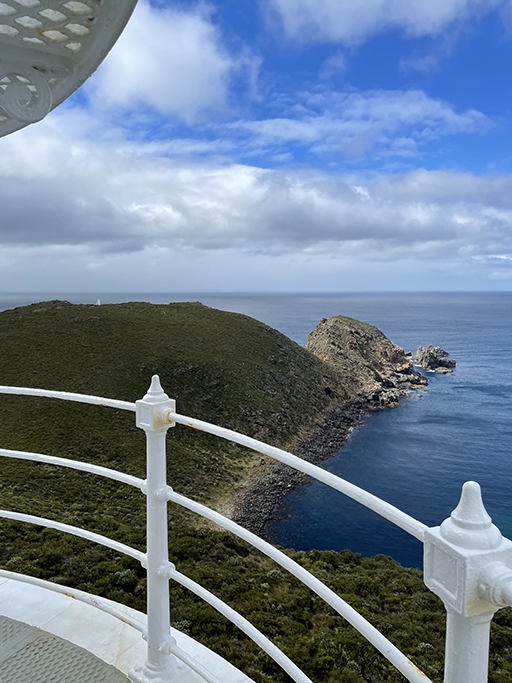
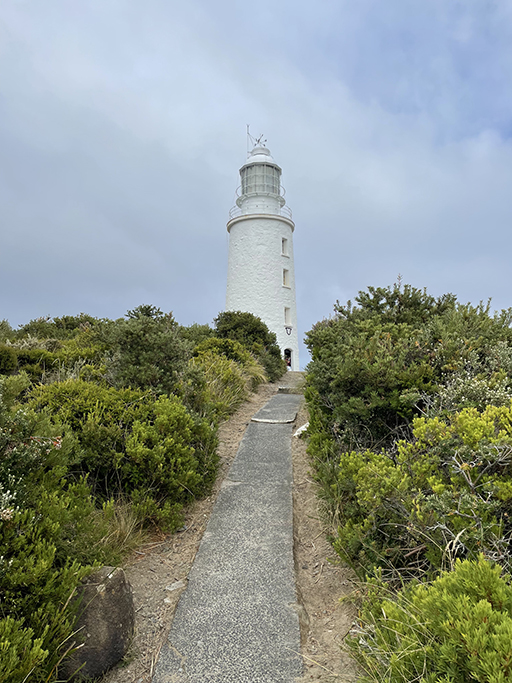
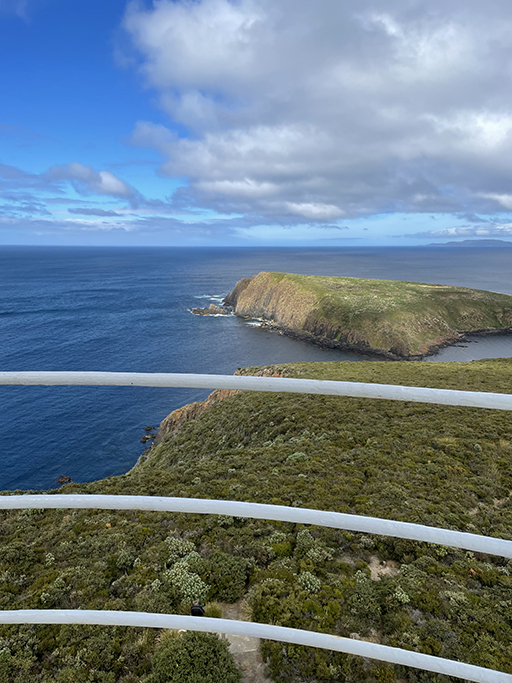
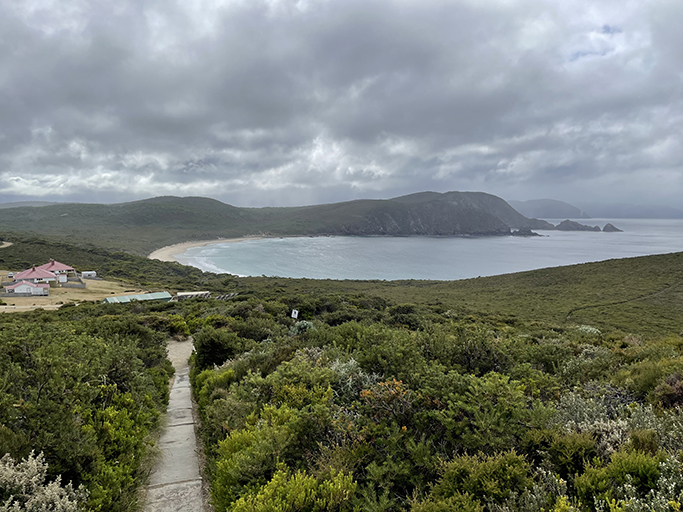
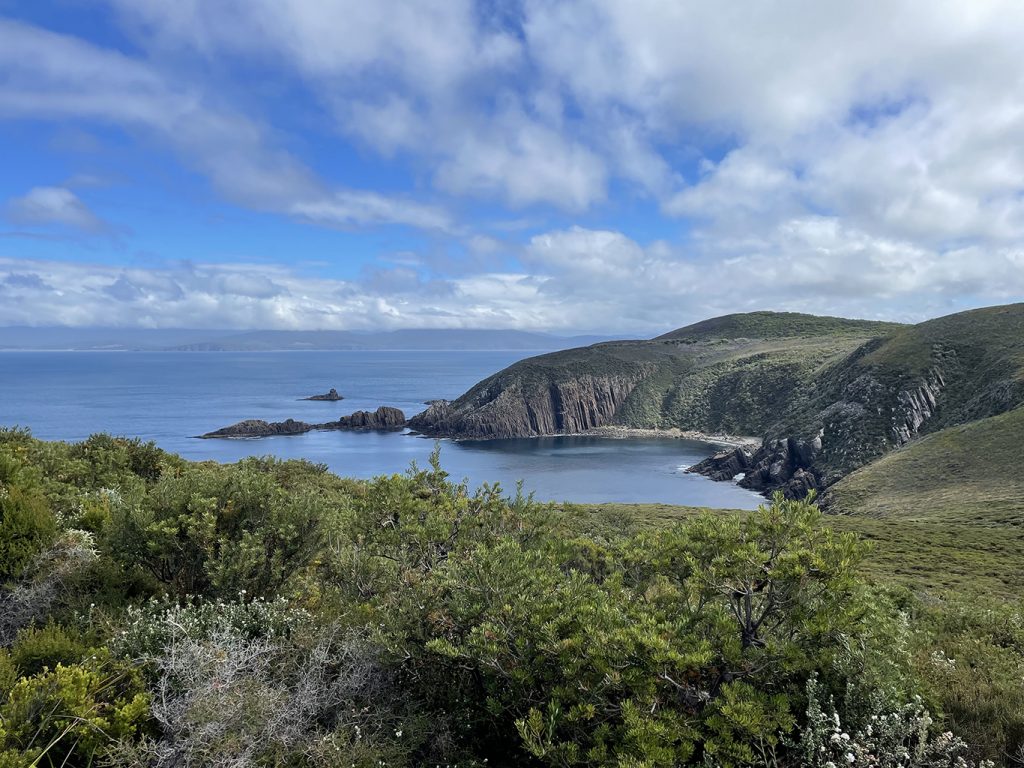
The drive to South Bruny Light House, once you get off the ferry, will take you a little over an hour. Next to the carpark at the end of Lighthouse Road you will find the Cape Bruny Light Station Museum, packed with an assortment of fascinating maritime artefacts. The walk up to the base of the lighthouse is about 350m and is well worth the effort. The Cape Bruny Lighthouse is the only Southern Tasmanian lighthouse open for tours and if you get the opportunity to climb the original wrought iron spiral staircase and step out on to the balcony you should take it. Panoramic views over the Southern Ocean are amazing. The volunteer that hosted our tour was full of interesting information about the light house and its keepers.
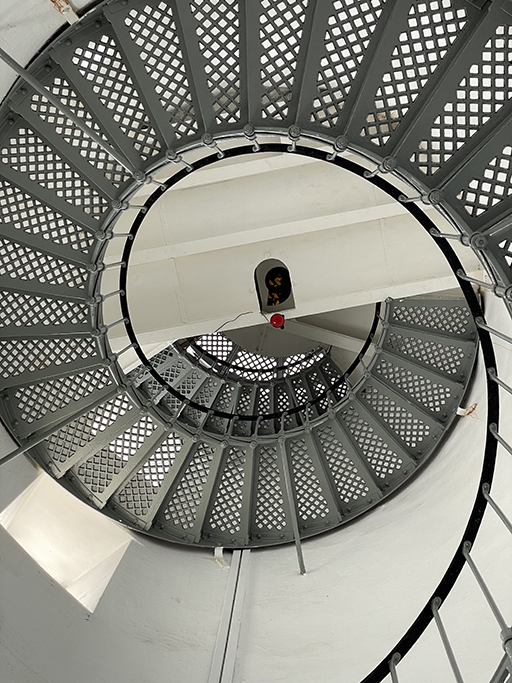
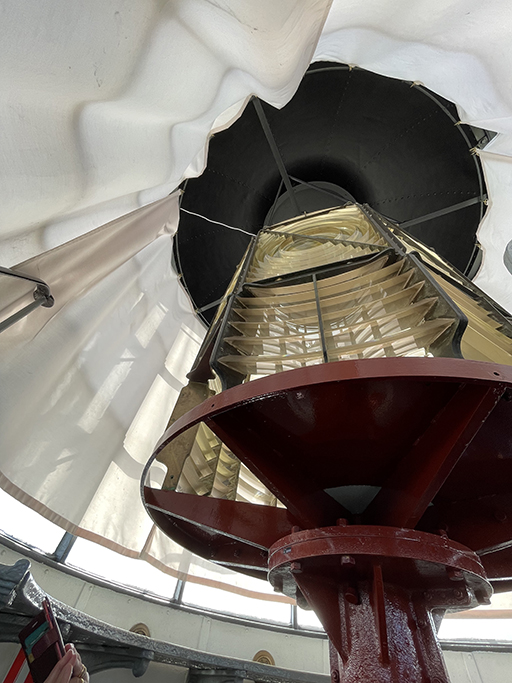
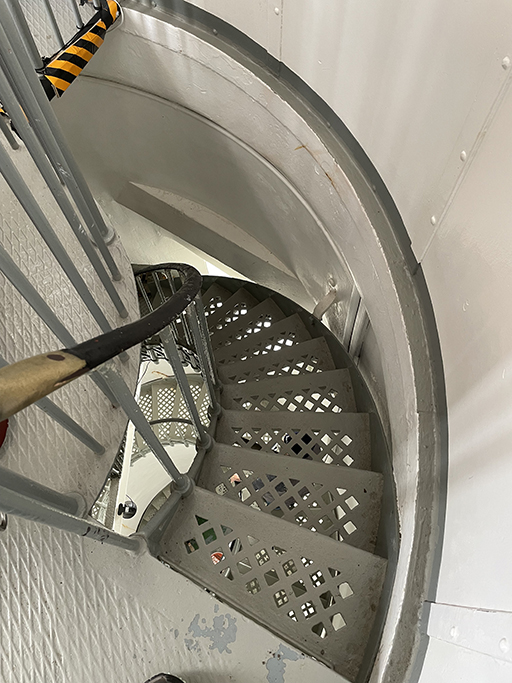
The 13-metre tower is set atop one of the spectacular southern headlands of South Bruny National Park, which puts its total height at 114m above sea level. It towers over the spectacular dolerite cliffs of Cape Bruny and when lit can be seen for 26 nautical miles.
The lighthouse was designed by the colonial architect John Lee Archer and constructed by Charles Watson and a team of 12 convicts from locally quarried dolerite over 2 years. The original 1838 Wilkins lantern contained fifteen lamps and used almost half a litre of sperm whale oil for every hour of use. The clockwork mechanism that provided the unique light characteristic of each lighthouse, needed to be rewound every eight hours. Provisions arrived by sea to Jetty Beach and from there they were conveyed by Bullock and Dray for a further three miles to the lighthouse. The lighthouse was refurbished in 1901-3 with a powerful new Chance Brothers lantern, then in 1959 it was electrified. Cape Bruny light was lit for the final time in 1996 and the light was replaced by a solar powered light on a hill to the east. In December 2000 it was added to the South Bruny National Park.
A highlight of Bruny Island for me. It is worth the drive to the southern tip of the island to check out this spectacular location.
